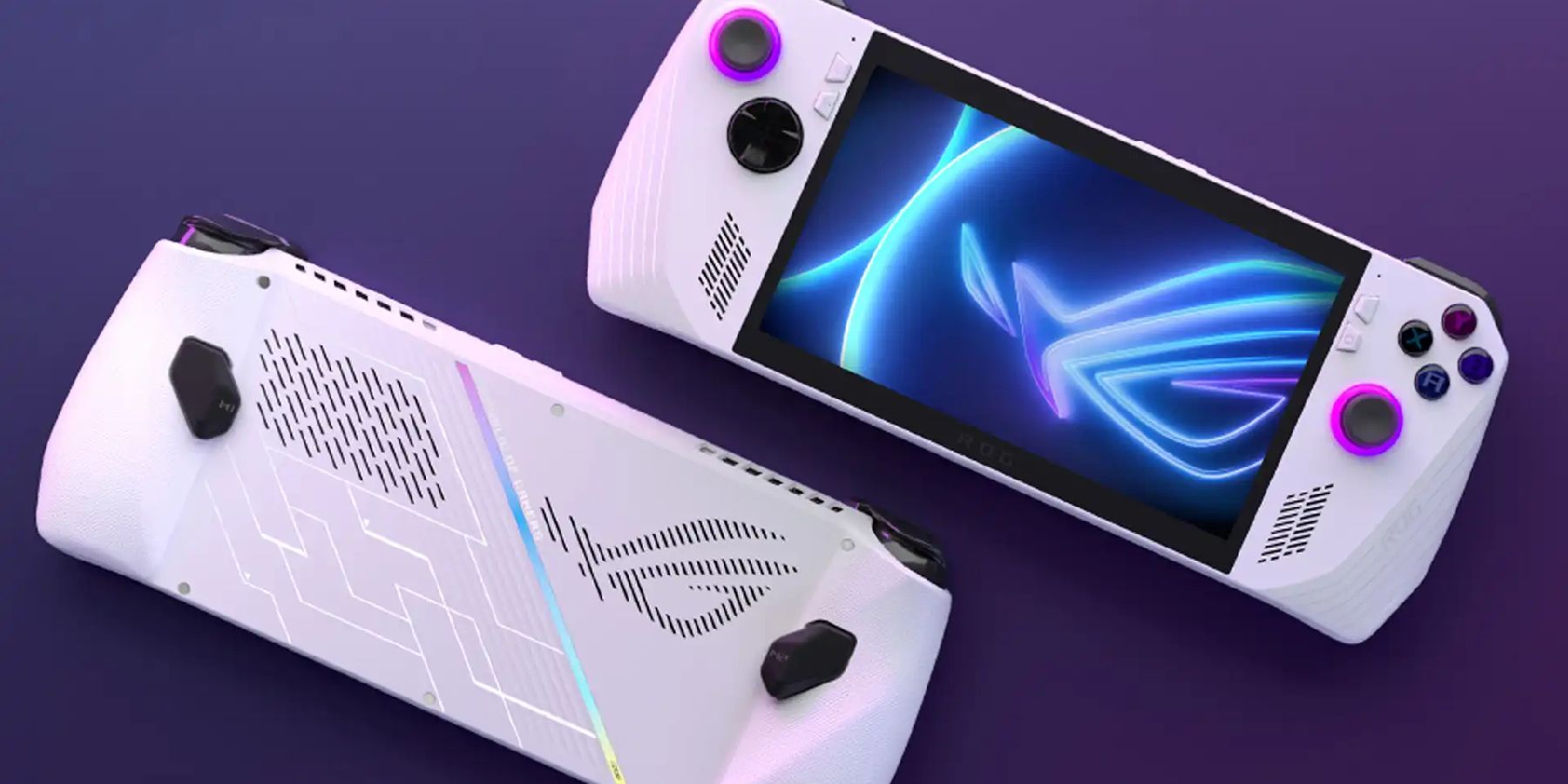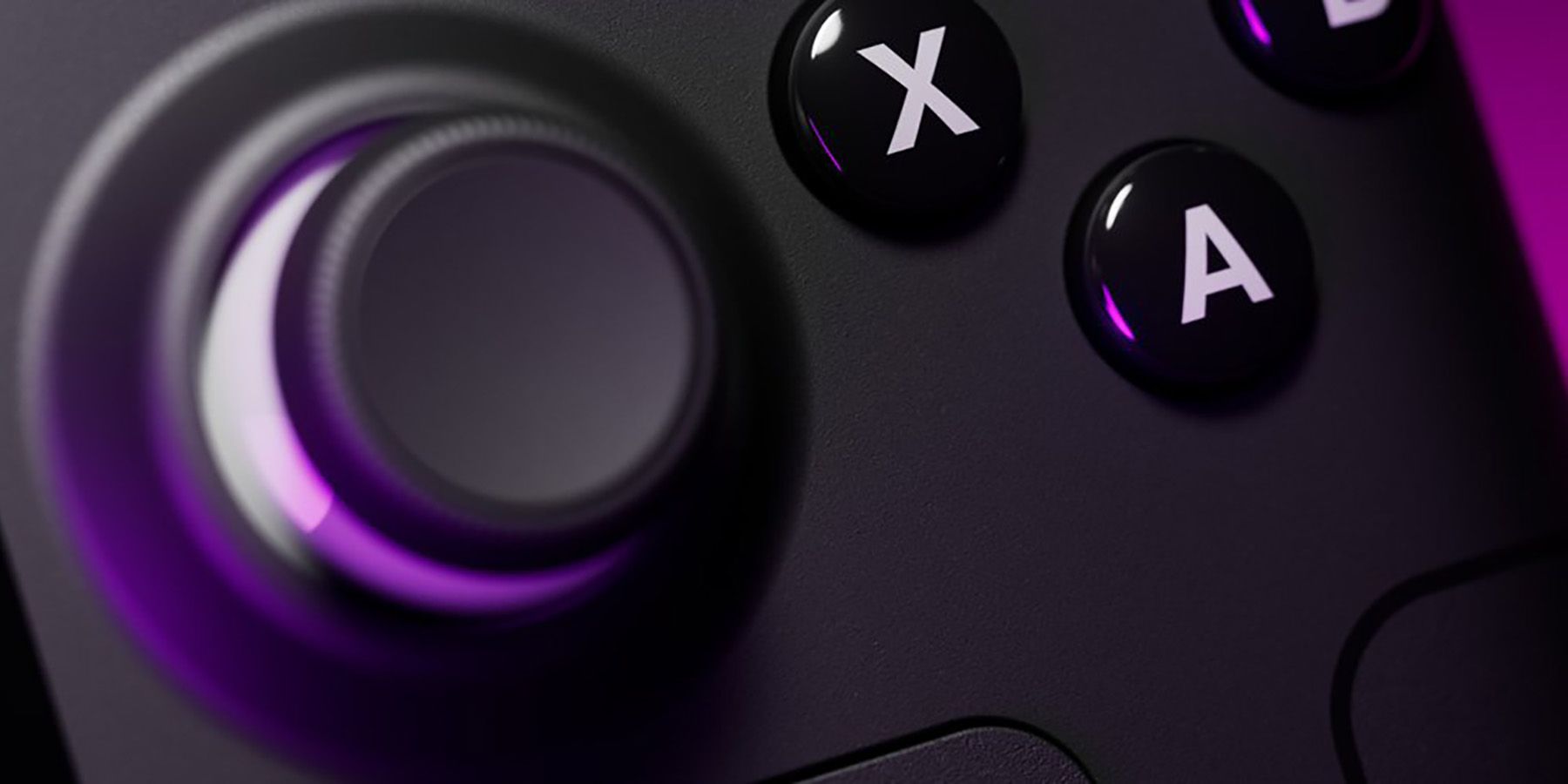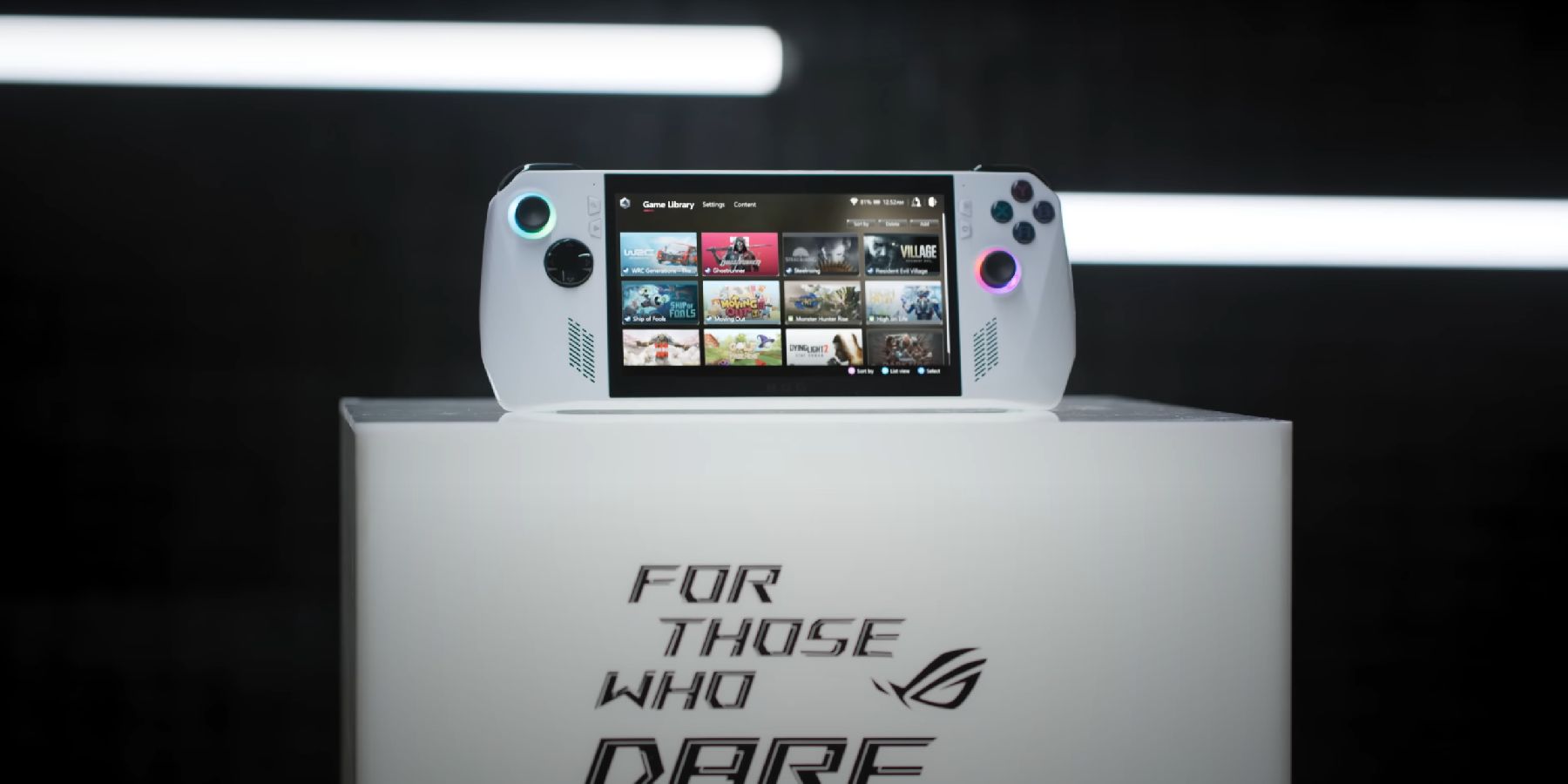Revealed late last week, the Asus ROG Ally is hitting store shelves sometime later this year–and if it’s everything it's believed to be, it might make a splash. Asus claims that the ROG Ally is double the performance of the Steam Deck while also bolstering an impressive 120Hz, 1080p screen, which is well above anything Valve’s handheld currently offers. While these are all exciting features, they may not prevent the ROG Ally from being dead on arrival if Asus doesn’t get some other things right.
Obviously, Asus has its sights set on taking the Steam Deck’s throne or, at minimum, stealing some market share; however, many companies have tried to do the same and couldn’t compete. Handheld gaming pioneers like AyaNeo and OneXPlayer may have the better devices, but gamers are significantly less enthused about them than Valve’s handheld gaming PC, and for a good reason. Neither company can beat Valve’s pricing. Asus is in a unique position, however, because it has the financial backing and R&D to bring a device to market that can target the Steam Deck’s weak spots and also take a hit in pricing that smaller companies can’t. If Asus is willing to meet and surpass the handheld PC market's two biggest roadblocks and market them as selling points, then the ROG Ally could be a huge hit.
The Asus ROG Ally Needs To Hit the Steam Deck Where It Hurts
Valve’s Steam Deck has made waves in the handheld PC space for its excellent performance, ergonomic design, and great price. Massive games like Elden Ring run admirably on the system and, in some cases, are even the best place to play them. Undoubtedly, the Steam Deck has a healthy life ahead of itself, but it all comes at the cost of battery life. Unfortunately, even if the biggest game of last year runs well on Valve’s handheld, it still only lasts a maximum of 90 minutes from a full charge. Despite the Steam Deck being a great success, its power-hungry nature still leaves it with some room for improvement that Valve says isn’t coming for a few years. This is where the Asus ROG Ally has the opportunity to overcome the Steam Deck’s biggest drawback, and it might just pull it off.
From what gamers know about the device, it seems like the ROG Ally may be sporting a custom 4nm AMD Phoenix APU featuring Zen 4 and RDNA3 architecture–indicating that Asus’ flagship handheld may be a very power-efficient handheld. Because of its smaller nanometer process and faster graphical architecture, the ROG Ally will likely have to use less wattage to achieve the same results as the Steam Deck at equal settings, ensuring players get more out of the battery. But the company shouldn’t stop there. If Asus can also pack in a bigger physical battery than Valve’s handheld on top of being more power efficient, then the ROG Ally may be the best option for gamers on the go. Many gamers hesitant to buy a Steam Deck say they’re waiting for a better battery in its next iteration, which is all the more reason why Asus should make the battery a priority.
The ROG Ally Should Feel Premium at a Reasonable Price
However, even if the ROG Ally can outmatch the Steam Deck in battery life and power efficiency, it still needs to beat Valve in the one department the company has cornered: price. It’s no secret that Valve is selling each Steam Deck at a loss, with Gabe Newell publicly stating that the device's price point was a painful decision for the company. But it was worth it. The Steam Deck is far more popular than handheld PC offerings from competitors like OneXPlayer and AyaNeo, which already outclass Valve’s handheld in performance but do so at a price outside the average consumer’s budget. The Asus ROG Ally is very unlikely to hit the Steam Deck’s competitive $400 base price, but that doesn’t mean it can’t beat the Steam Deck at the premium price tiers.
Pricing the ROG Ally sensibly, below $1,000, would be an excellent starting point for Asus’ flagship handheld. Given its presumed spec, Asus shouldn’t necessarily target the casual gamer but instead target the enthusiast on a budget. At around the $800 price tier, the Ally would beat pricey competitors like AyaNeo Next 2 and be within striking distance of the $650 Steam Deck. The Ally’s better screen, better performance, and native Windows 11 support are all better offerings than the premium Steam Deck’s matte screen and may be worth spending a couple extra hundred dollars on. Asus just has to weigh the financial hit to the potential install base. Chances are the ROG Ally won’t be as synonymous with handheld PC gaming as the Steam Deck, but it has a great chance at making a dent in the market if it plays its cards right.






